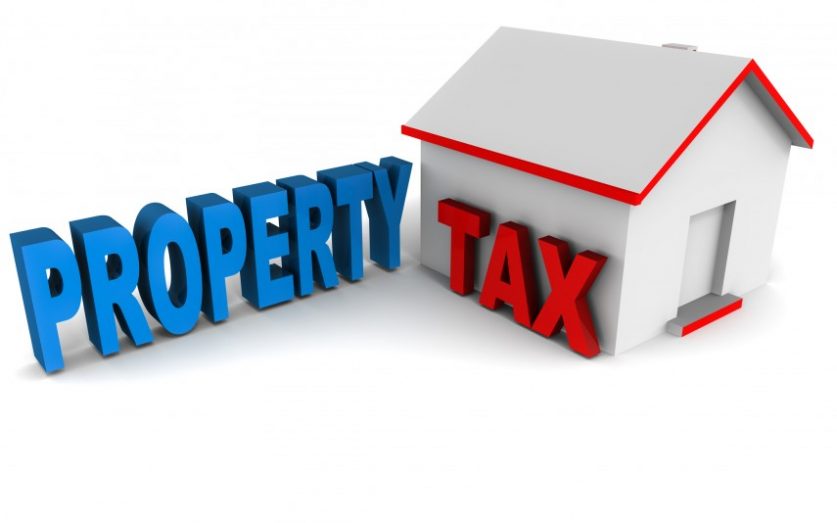
Whether you are shopping for a new credit card or wondering about the one that you may already have, knowing how to calculate the finance charge applied to that card is important. First, however, it is equally important to know what finance charges really are.
A credit card finance charge is the amount of money that you pay to the credit card company in order to use their credit. This is not the same as the purchase amount balance. The purchase amount balance is the dollar amount of the purchases that you made using the card. If you pay off the purchase amount balance within the stated amount of time that the company allows, you will have no finance charges applied to the amount. It is when you carry over your balance that finance charges are triggered and added to your account.
Finance charges are calculated using the amount of your outstanding balance and APR. The APR is the Annual Percentage Rate and all credit cards use them to figure finance charges. It is important for consumers to understand that the ARP can vary from one company to the next, and it can even vary within the same company. It is for this reason that consumers should always look for the companies with the lowest APR’s. This will save you money in the long run.
There are several ways that credit card companies can calculate the finance charges that they apply to consumer credit. Many people do not realize it but the method that is used can make a difference in the amount of money that you will have to pay. Here are some of the methods that credit card companies use to figure finance charges on your outstanding balance:
They can calculate using one billing cycle or two billing cycles.
They can use the adjusted balance, previous balance, or the average daily balance.
They can exclude or include new purchases in the balance.
You will normally find that you have a lower finance charge when the company uses what is known as one-cycle billing and uses the average daily balance method which excludes new purchases. Much of this, however, depends on the balance and the time of the month that you make purchases and payments.
The next lower finance charge method is the adjusted balance, followed by the previous balance method. You can see which method the company is using by reading the bill that you receive. This information is usually contained on the back side.
It is also important that you understand that some companies will have a minimum finance charge system. When a credit card company uses this system you will be charged that set amount even if your calculated finance charge is less than that amount.
Of particular importance to some credit card holders are the cash advance programs that come with some cards. Consumers should be very careful when using credit cards for cash advances. Many companies that offer cash advances treat those advances differently than they do purchases. Before you use your credit card for a cash advance, make sure you look for the details of how you will be charged for that advance.
You will certainly want to know what the APR is for cash advances. Keep in mind that this may be significantly higher than the APR that is used for purchases. You should also investigate the fees that may be applied to the transaction. Fees are in addition to the finance charge that you will have to pay.
Lastly, find out how your payments will be credited. Some companies will apply your payments to your purchases first and then to any advances in cash that you have taken.
Use your credit card wisely and keep track of your finance charges and you will enjoy your credit more fully and avoid some of the pitfalls that many consumers experience.
recent post
What Is Cosmetic Dental Treatment?
June 8, 2023
What Are The Types Of Office Desks?
May 25, 2023
How Invisalign Performs?
May 25, 2023
What is the cause of the underbite?
May 10, 2023
subscribe

NEWSLETTER
Sign up for our Newsletter and stay informed


















